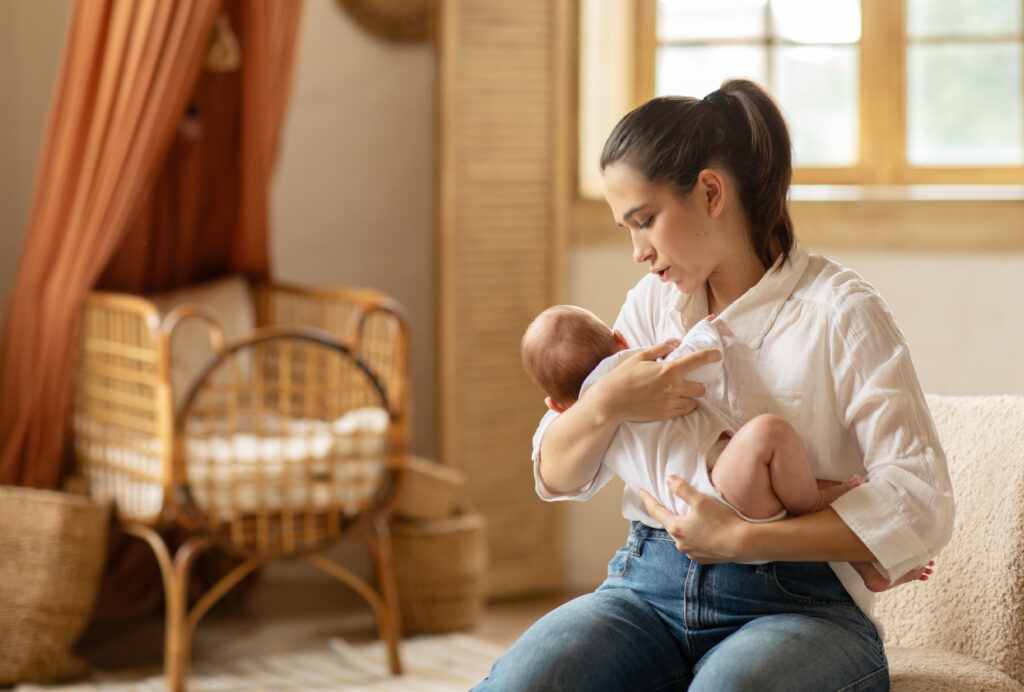
Back Pain 1 Year After Pregnancy: What to Do?
Are you still experiencing back pain one year after your pregnancy? If so, you may have something else going on. In this post, we’ll discuss some of what could be causing your ongoing back pain and how we can help you recover and regain control of your life. Read on to learn more about how great pain-free living can be!
Postpartum Back Pain
Postpartum back pain is nothing unusual. You just carried your child for nine months and it’s a lot on your body. The birthing process itself can be quite brutal on the body as well. With this being said, you should start to see some rebound and recovery as time progresses on after you’ve given birth. If your symptoms do not seem to improve over time, or even become worse as time goes on, it’s time to seek out the right help and care.
How Long Does Postpartum Back Pain Typically Last?
Postpartum back pain typically lasts about six months. This may vary from person to person, depending upon if it’s your first time having a child, if you had twins or triplets, or whether or not you have birth naturally or via c-section. All of these factors, and more, may influence how long your postpartum back pain remains. The important thing to remember is if you notice an increased level of pain postpartum, you’ll want to reach out to your doctor as soon as possible to best address the issue.
Causes of Postpartum Back Pain
Some common cause of postpartum back pain include the following:
Loss of Muscle Tone
Our back is supported by our core area. The abdominal muscles provide support and stabilization for the back, neck, and spine. If you end up having a weak core, as most mothers do after carrying their child for around nine months, you’ll find your back and posture may be weaker. This is entirely normal and can be addressed through mild strength training exercises during physical therapy sessions. Muscle tone can be regained through exercise, protein consumption, and physical therapy to address weaker areas.
Joint Instability
Being pregnant requires a lot of sitting, as you’re carrying a new life right in the central abdominal area of your body. As you progress with your pregnancy, your joints are taking on new weight and with this new weight gain, there may be moments where you have to sit down much more than usual to support yourself throughout the day. Between the added weight across your body and the increased levels of sitting, you may find yourself with higher levels of joint instability. This is alright throughout your pregnancy, but you do want to aim to resolve this instability a few months after giving birth via prescribed exercises from your physical therapist who can best identify the areas which need to be improved upon.
Diastasis Recti
Separation of the muscles within the abdominal region may occur during pregnancy, especially in women who have less strength in their abdominal muscles prior to becoming pregnant. As the uterus enlarges to accommodate the growth of the fetus, the abdominal wall can stretch quite a bit. This action of expansion within the abdominal area may inevitably cause some tearing of the muscle walls which could lead to back pain, as the supporting muscles are unable to function as they once did prior to pregnancy. Focusing on repair and restoration via physical therapy and pelvic floor exercises post-pregnancy can do a lot of good for your abdominal area.
Posterior Pelvic Pain
Pelvic changes begin to occur from the onset of pregnancy as your body prepares to give birth nine months later. These pelvic changes may be much more prominent in certain women, leading to prolonged pain and discomfort; even after the baby is successfully delivered. This pain is typically felt throughout the lower back and pelvis.
Bruising, Fracture, or Dislocation of the Coccyx
Bruising, fracture, or dislocation of the coccyx may occur during the birthing process if your child is larger than average. The coccyx usually resolves itself after a few weeks if it’s bruised, yet if it’s fractured or dislocated, there may be prolonged pain which requires medical intervention.
Sacral Stress Fracture
Sacral stress fractures may occur during the childbirth process and may result in quite severe pain within the rear pelvic region. This may cause the act of sitting to be extremely uncomfortable, resulting in an overall reduction in quality of life.
When to See a Doctor for Your Pain
The bottom line is you need to be your own advocate if you’re still experiencing back pain well into a full year after pregnancy. If you have already visited your doctor and no progress towards healing and recovery has been made, seek out a second or third opinion. There may be something else going on which can be diagnosed with a new evaluation. Feel free to contact us at Neurosurgery & Spine Consultants so we can help you regain control of your health and determine exactly what is going on with our amazing staff full of neck, back, and spine experts. We look forward to hearing from you soon!
DISCLAIMER: No content on this site, regardless of date, should ever be used as a substitute for direct medical advice from your doctor or other qualified clinician.